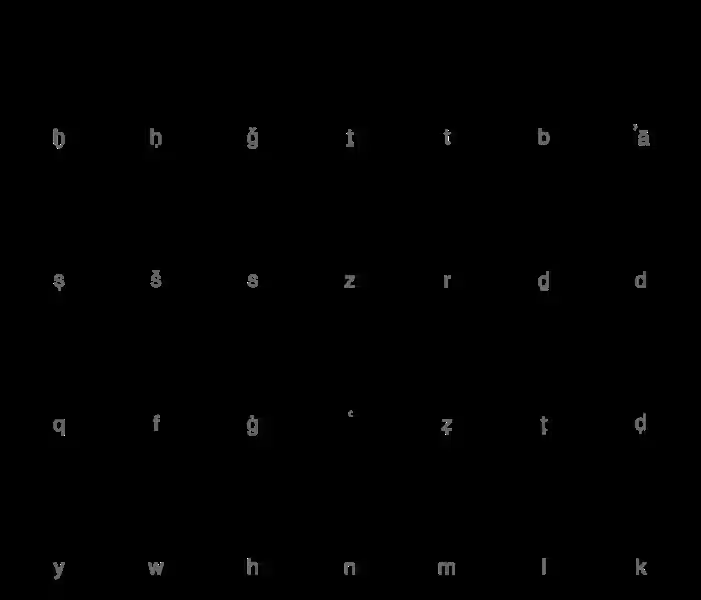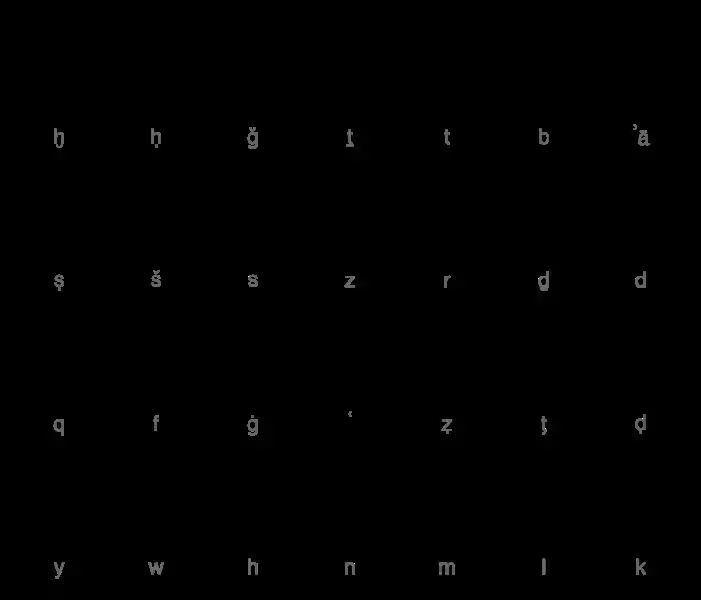
Speaking Arabic fluently involves mastering the nuances of the language. One such nuance is the concept of “or,” which isn’t as straightforward as it might seem in English. Arabic has two distinct words for “or,” each with its own specific context and usage.
The Versatile “أو” (aw)
“أو” (aw) is the most commonly used “or” in Arabic. It’s a versatile word that can be used in various situations, making it essential to grasp its different applications.
1. Simple Alternatives: “أو” is used to present straightforward choices, such as “Do you want tea or coffee?” (هل تريد شاي أو قهوة؟). This simple expression offers a choice between two options, leaving the decision to the listener.
2. Inclusive Options: “أو” can also be used to present a list of options, implying that any of them are acceptable. For example, “You can choose a red, blue, or green shirt.” (يمكنك اختيار قميص أحمر أو أزرق أو أخضر.) This phrase suggests that any of the colors are valid choices.
3. Exclusive Options: “أو” can also imply exclusivity, meaning only one option is possible. “You can have the cake or the ice cream, but not both.” (يمكنك الحصول على الكيك أو الآيس كريم، ولكن ليس كلاهما) The use of “أو” here emphasizes that choosing one option eliminates the other.
The Specific “أم” (am)
While “أو” serves as the general “or,” “أم” (am) is reserved for more specific situations. It’s used in questions seeking definitive answers, highlighting a choice, contrast, or a dilemma.
1. Seeking Clarification: “أم” is used when you want a clear answer to a question about a preference. For instance, “Do you like tea أم coffee?” (هل تحب الشاي أم القهوة؟) This question expects a definitive response, indicating a preference for one drink over the other.
2. Expressing Doubt: “أم” can also be used to express uncertainty or express a question about a specific situation. “Is it raining أم snowing?” (هل تمطر أم ثلج؟) This question seeks to clarify the current weather condition, emphasizing the contrasting possibilities.
3. Comparing Two Possibilities: “أم” is also used when comparing two options, often implying a decision between them. “Are you going to the cinema أم the theater?” (هل ستذهب إلى السينما أم المسرح؟) This question highlights the need for a choice between the two options.
Embrace the Complexity
The Arabic language is rich and nuanced, and understanding the difference between “أو” and “أم” is a testament to this. Don’t let the existence of two words for “or” deter you from your Arabic learning journey; embrace it as a unique characteristic of the language.
Learning both “أو” and “أم” will allow you to express yourself with greater accuracy and sophistication in Arabic. By mastering these two words, you’ll gain a deeper understanding of the language’s complexities and its ability to convey subtle meanings.
Frequently Asked Questions About “Or” in Arabic
What is the difference between “أو” (aw) and “أم” (am)?
While both words translate to “or” in English, they have distinct usages and contexts. “أو” (aw) is the most common and versatile form of “or,” used in general cases. “أم” (am) is used in more specific situations, primarily when asking a question that expects a definitive answer.
Is “am” a correct word in Arabic?
Yes, “am” is a valid and widely used word in Arabic. It has a specific grammatical function and its own unique usage.
Should I stop learning Arabic because of “am”?
Absolutely not! Learning “am” expands your understanding of Arabic grammar and its nuanced application in specific contexts.
What is the key takeaway about “or” in Arabic?
The Arabic “or” is not a simple one-to-one translation of the English “or.” Learning both “aw” and “am” will allow you to express yourself with greater accuracy and nuance in Arabic.
- Use “أو” (aw) for general “or” cases, including simple alternatives, inclusive options, and exclusive options.
- Use “أم” (am) for questions seeking clarification, expressing doubt, and comparing two possibilities.
- “أم” implies a choice, contrast, or dilemma.
- Don’t be deterred by the existence of “am”; embrace it as a nuanced aspect of Arabic grammar.
- Learning both “aw” and “am” will enhance your Arabic communication skills.








